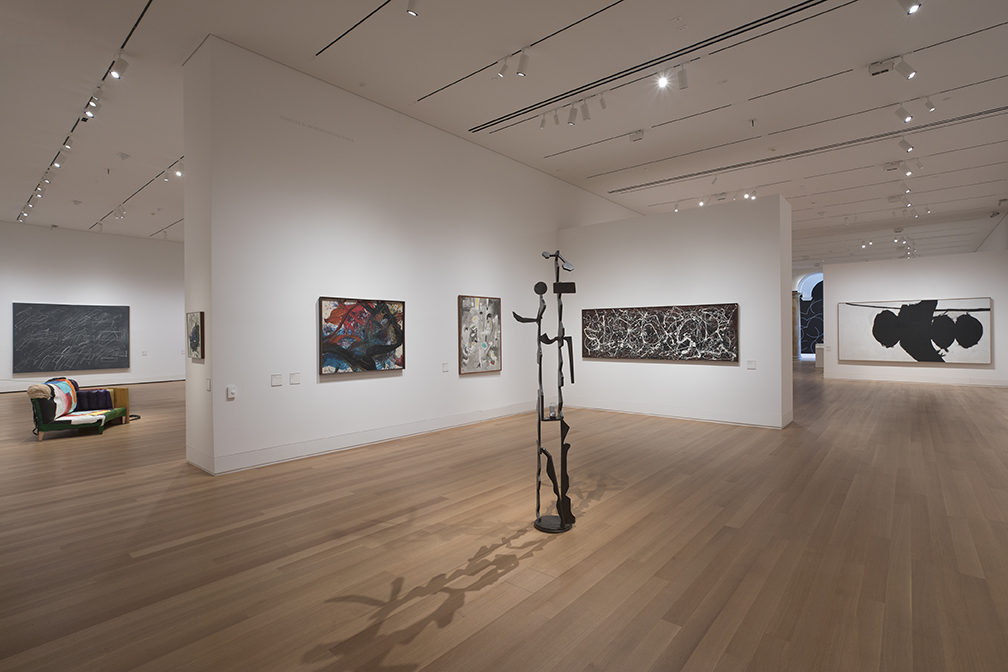
Courtesy of Jessica Smolinski
On Wednesday curators from the Yale University Art Gallery discussed writing as a reflection of artistic tradition, exploring six works drawn from the gallery’s collections.
Speakers at Wednesday’s seminar hailed from six YUAG departments, including curators, gallery fellows and graduate students. Jessie Park, the Nina and Lee Griggs Assistant Curator of European Art, moderated the discussion between presenters. The event was sponsored by the Martin A. Ryerson Lectureship Fund.
“How does art inform writing? Conversely, how does writing inform art?” Park posited to the audience. “What kinds of roles does writing play in shaping the way we see ourselves, and the way we think about the world we live in?”
The gallery’s curating team began planning this virtual program in June to celebrate National Day on Writing on Oct. 20. The team chose six works from an initial pool of 39 objects, to reflect the gallery’s diverse geographical collections: from a Chinese Zhou dynasty serving vessel to a 15th-century French prayer book.
Each speaker was given fifteen minutes to discuss their chosen work. The Ruth and Bruce Dayton Curator of Asian Art Denise Leidy, presented a “Song Gui” — a bronze Chinese vessel from within collections she curates. She noted that the work’s inscription, which is read from right to left, demonstrates a critical moment of evolution in the writing of Chinese characters.
“We picked the six [objects] we thought would be… a paradigm for the breadth of the collections at Yale,” Leidy said.
Yagnaseni Datta GRD ’23, a curatorial intern in the Asian Art Department, presented “Pages from the Qur’ān in Kufic Script”, describing the intertwined relationship between art and writing in the Islamic tradition.
Though Datta presented the Qur’an as an artistic object, she pointed out that pages of the Qur’an display early Arabic scribes working with issues of legibility and recitation. They made changes such as adding vowels and other markings, which later influenced the writing of the modern Arabic language.
“We wanted the audience to find and appreciate connections between seemingly disparate objects from all over the world and from different periods,” Datta said. “Writing permeates our lives and I think this webinar provided an excellent opportunity to pause and reflect on how essential a technology it is and has been throughout a big chunk of human history.”
The event drew around 140 attendees, an audience that would not fit in the gallery’s physical spaces. The webinar is a deviation from the gallery’s usual offerings, which include in-person tours of rotating exhibits from different collections.
Even though the gallery’s doors were shuttered merely two weeks after opening due to an uptick in COVID-19 cases, curators have remained optimistic. Leidy spoke to the unique opportunities the gallery’s closing has presented her colleagues.
“This is certainly allowing me time to do a deeper dive into research,” Leidy said. “It will give us a chance to get out of our curatorial fiefdoms, and come up with broader programming.”
This year’s scheduled rotation has been disrupted by the museum’s closing, but Leidy said that a new selection of works will likely go on view in November.
According to Park, the event’s success has caused the gallery’s curators to consider future online offerings, even after the museum doors re-open.
“It’s very difficult for museums right now to engage with our audience,” Park said. “The pandemic has really given us an interesting opportunity to think about reaching new visitors.”
The YUAG was founded in 1832.
Isaac Yu | isaac.yu@yale.edu







